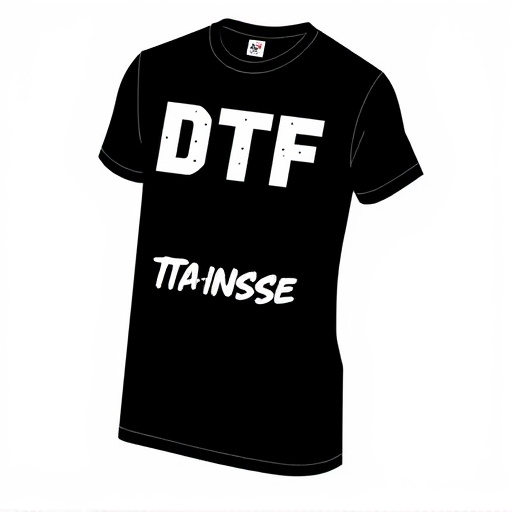Sports car enthusiasts enhance performance on tracks with cold air intake (CAI) systems and corner carving techniques. CAI systems optimize airflow, boosting engine power and reducing lap times. Corner carving involves strategic weight distribution for improved speed and control, minimizing body roll and increasing lateral grip. These modifications enable drivers to navigate corners precisely, offering both enhanced driving enjoyment and competitive advantage on racing circuits.
In the realm of high-performance vehicles, corner carving—the art of precise weight distribution—is key to achieving unparalleled speed and agility, especially on tracks. This article delves into the intricate world of sports car dynamics, focusing on two pivotal aspects: understanding corner carving and its impact, and exploring how cold air intake systems enhance performance through strategic weight placement. By examining these elements, we uncover insights that transform track days into true tests of automotive prowess.
- Understanding Corner Carving: The Art of Weight Distribution in Sports Cars
- Cold Air Intake Systems: Enhancing Performance through Efficient Weight Placement
- Track Performance: Optimizing Corner Carving for Speed and Agility
Understanding Corner Carving: The Art of Weight Distribution in Sports Cars

Understanding Corner Carving: The Art of Weight Distribution in Sports Cars
In the high-performance realm of sports cars, corner carving refers to the precise weight transfer and handling dynamics optimized for agile cornering on tracks. This art involves strategically distributing weight to ensure maximum grip during turns, allowing drivers to navigate twists and turns with precision and speed. Key components like cold air intake systems play a crucial role in enhancing engine performance, which directly impacts weight distribution. By efficiently channeling cool, dense air into the engine, these systems can increase power output, enabling quicker acceleration and improved deceleration through corners.
On the track, achieving optimal corner carving requires balancing the car’s front-to-rear weight bias. A well-designed sports car will have a slight rear bias, allowing the front wheels to grip tightly during entry while the rear remains stable throughout the turn. This dynamic interplay ensures the car maintains its trajectory with minimal body roll and maximized steering precision. Whether navigating tight corners or high-speed sweeps, understanding and mastering corner carving techniques can significantly enhance both driving pleasure and competitive performance on racing circuits.
Cold Air Intake Systems: Enhancing Performance through Efficient Weight Placement

In the realm of performance upgrades for sports cars, cold air intake (CAI) systems have emerged as a game-changer. By strategically placing and distributing weight, CAI systems enhance engine performance while optimizing airflow. Efficient weight placement is key to achieving this balance; every gram counts on the track where lightweight components can significantly improve acceleration and handling dynamics.
On sports cars equipped with cold air intake systems, the optimal positioning of components ensures a smoother, more direct path for incoming air. This streamlined approach allows for a richer supply of oxygen-rich air to the engine, resulting in increased horsepower and torque. On track, where every second counts, this enhanced performance translates into improved lap times and better overall driving dynamics, making CAI systems a popular choice among enthusiasts and professional drivers alike.
Track Performance: Optimizing Corner Carving for Speed and Agility

In the realm of high-performance sports cars, every detail matters, and corner carving is no exception. Optimizing this aspect involves a delicate balance to enhance speed and agility on the track. The strategic placement of weight distribution plays a pivotal role in how a vehicle navigates through corners, ensuring precision and control. With advanced cold air intake systems, engineers can now fine-tune the engine’s performance, allowing for smoother power delivery during cornering. This precision engineering enables drivers to exploit every inch of the track, achieving faster lap times and improving overall handling dynamics.
By carefully managing weight distribution, car manufacturers can reduce body roll and enhance lateral grip. This translates into better cornering speeds and improved driver confidence. On a race track, where every second counts, these optimizations make a significant difference in a vehicle’s ability to cut through corners efficiently, giving sports car enthusiasts an edge over the competition.
In the world of high-performance sports cars, understanding corner carving weight distribution is key. By optimizing the placement of components, such as cold air intake systems, engineers can enhance overall performance, particularly on the track. Efficient weight management allows for improved speed and agility, making every turn more responsive. This intricate dance of engineering ensures that modern sports car enthusiasts experience unparalleled driving dynamics, both on and off the racing circuit.














